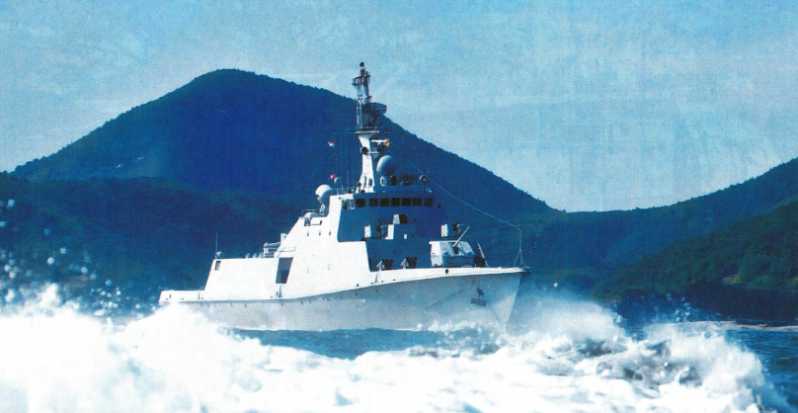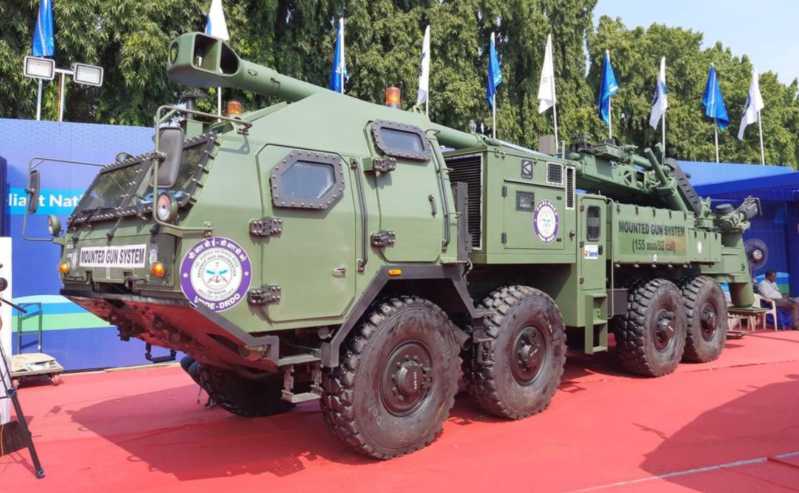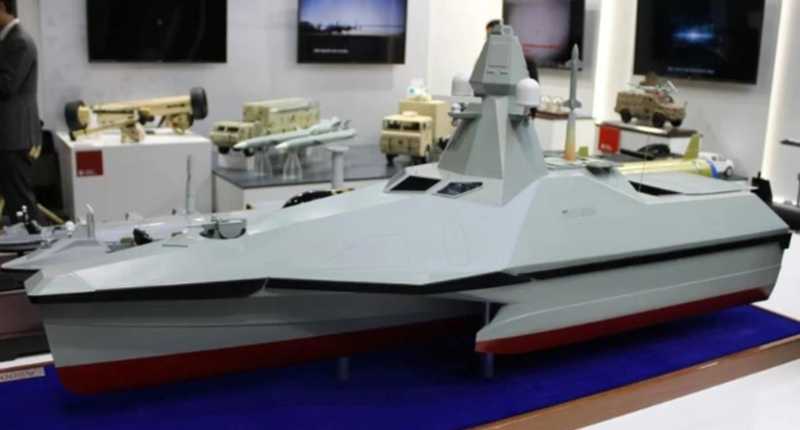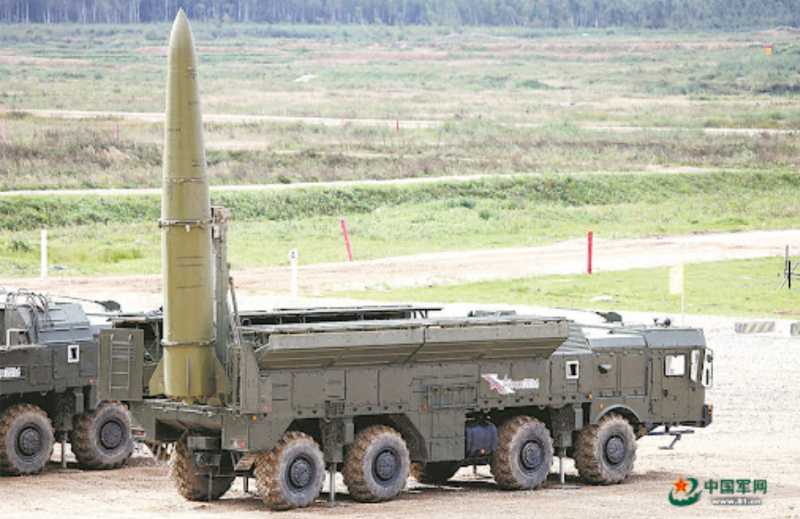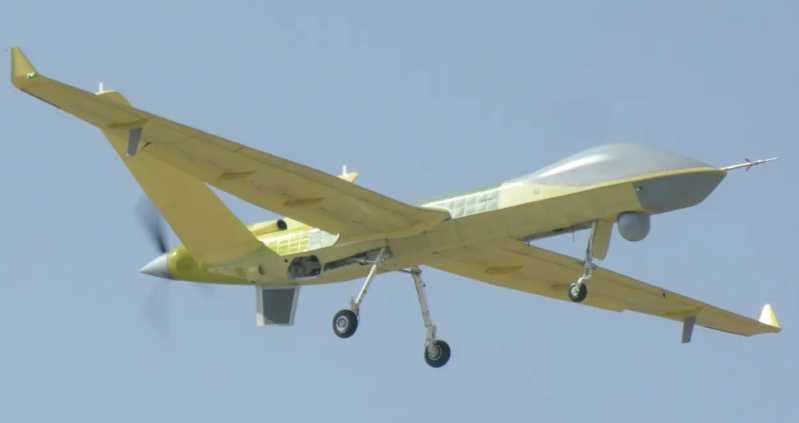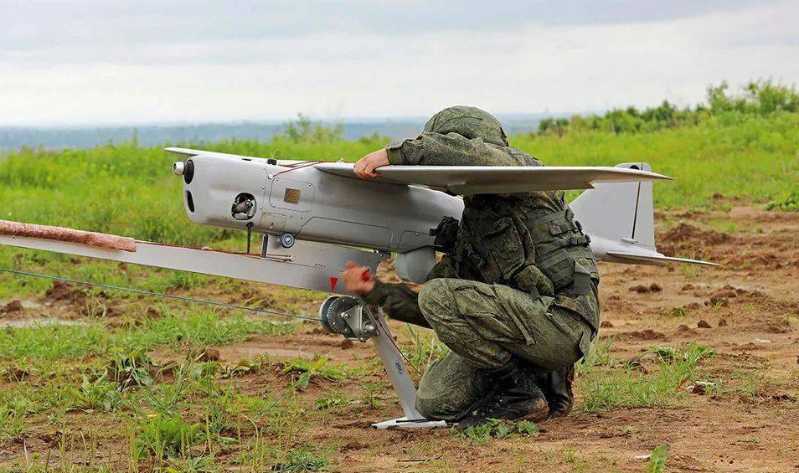The process of the A-50 shooting down incident and speculation about the incident
Generally speaking, large early warning aircraft are difficult to shoot down. The main reason is that the large radar equipped by the early warning aircraft has a detection range of hundreds of kilometers, and it can detect the air situation within a certain depth without being too close to the front line. Unlike tankers and transport aircraft, which often need to be close to the front line to support their own operations, early warning aircraft are generally considered to be "second-line aircraft", far away from the range of enemy air defense missiles and will not enter high-threat areas. Even if the enemy launches long-range air defense missiles, the early warning aircraft can rely on its powerful perception ability to detect incoming missiles at a sufficient distance, thereby obtaining sufficient reaction time, and can choose to leave the missile’s kill zone or conduct corresponding electronic countermeasures.
Therefore, in the decades since this large early warning aircraft has been available, there have only been losses caused by malfunctions or accidents, but there has been no record of a single aircraft being shot down by the enemy. If this A-50 is indeed shot down, it will be the first large early warning aircraft in the history of war to be "shot down by enemy firepower." At present, there is still no conclusion on how the aircraft was shot down. There are two mainstream voices: the attack by Ukraine’s "Patriot" air defense missile system and the accidental shooting by Russia’s own S-300 air defense system, but neither voice lacks sufficient evidence to support it. After all, few people tell the truth during war, and can only be inferred through various circumstantial evidence. However, this A-50 has sunk to the bottom of the Sea of Azov, and there is no physical evidence for reference in the short term.
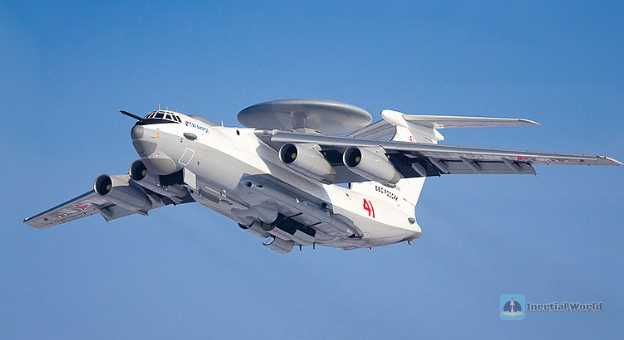
Due to the poor battlefield communication capabilities, combat command capabilities and monitoring capabilities of the Russian army, there is a high possibility of major accidental shooting incidents. There are indeed Russian self-media bloggers who "confirmed" that this was a Russian accidental shooting. Of course, this kind of thing is very common in war. Even the US military has accidental shooting incidents from time to time during the war, which is not very dramatic. If the Ukrainian army really used the Patriot to attack the aircraft, it would obviously be more difficult than the Russian army’s accidental attack, and it would be more in line with the media’s pursuit of storytelling and drama.
Soon after the incident, a Ukrainian media published an article in which an Austrian military scholar simulated a "missile trap" tactic used by the Ukrainian army on the front line, and finally used the Patriot air defense system to shoot down the A-50.
According to the scholar’s simulation, on January 14, 2024, it was the Ukrainian Air Force that first used fighter jets to launch "Storm Shadow" cruise missiles and "HARM" anti-radiation missiles to attack the Russian air defense forces in Crimea, causing multiple Russian ground early warning radars to be paralyzed or forced to shut down, thereby suppressing the coverage of the Russian ground early warning radars.
In order to ensure the continuity of air situation warning, the Russian army subsequently ordered the A-50U early warning aircraft over the Sea of Azov to move closer to the land and expand the coverage of the airborne radar to most areas of Crimea and Zaporizhia. At the same time, the Ukrainian intelligence department also learned of the change in the early warning route. If long-range air defense missiles such as "Patriot" are deployed close to the front line, then the new route of A-50U will be within the missile range.
In response, the Ukrainian Air Force planned a tactic to use the S-300 search radar and the "Patriot" missile system to cooperate and secretly deploy forward. In combat, the target data obtained by the S-300 radar will be reported to the "Patriot" command system. After sufficient conditions for missile launch are formed, the "Patriot" fire control radar will be turned on, and the A-50U and Il-22M will be locked in a short time, and missiles will be launched to attack.
This tactic can reduce the risk of the Patriot system radar being turned on, because the air defense system is deployed close to the front line. If the fire control radar is turned on for a long time, the risk of being locked by the Russian army is too high, and the Patriot is too valuable compared to the S-300.
It is speculated that Ukraine may use PAC-2 missiles instead of the newer PAC-3. This is mainly because PAC-3 is more suitable for intercepting targets such as tactical ballistic missiles. The interception distance for aircraft targets is shorter, and Ukraine currently has only one set of this system. The PAC-2 has a longer interception distance for aircraft targets. Ukraine currently has two missile systems, one of which is believed to be deployed around Kiev, and the other can be used for mobile deployment to strike Russian air targets where needed.
The scholar’s speculation does make sense. Although it does not mean that this is the fact, it is indeed a feasible way of fighting. Of course, this way of fighting is very similar to the previous battle in which my country used SA-2 air-to-air missiles to shoot down the U.S. U-2 high-altitude reconnaissance aircraft. At that time, it was called "close and fast tactics".
The "close and fast tactics" will not be elaborated here, but in general, my country used "close and fast tactics" at that time mainly because of its relatively backward technical level and could not use technical means to counter the U-2’s electronic countermeasures. It could only use this tactical means to fight. As for the Patriot and A-50 early warning aircraft, the Patriot aided by Germany is a modern air defense system. The A-50 of the Russian Aerospace Forces is relatively backward in electronic warfare. After the Cold War, it has been upgraded to a limited extent due to economic and technical restrictions. In terms of electronic countermeasures, the Patriot system should be completely superior to the A-50. The AN/MPQ-53 phased array radar system of the Patriot has its own electronic countermeasure antenna (i.e., the hexagonal small antenna array next to the main antenna of the radar). Therefore, even if the Patriot uses its own radar and electronic countermeasures, it has the ability to prevent the A-50 from receiving warnings. It can also ensure its own safety without the assistance of other radars. Technically, there is no need to use the "close and fast tactics". In addition, the Russian aircraft was hit over the Sea of Azov. If the air defense missile is launched from behind the Ukrainian-controlled front, it will need to fly over the land of the four Russian-controlled states, which may Close to the range limit of the Patriot missile, so the distance is not "close", and it is also different from the "close and fast tactics".
A-50. The Patriot’s AN/MPQ-53 phased array radar system has its own electronic countermeasure antenna (i.e., a small hexagonal antenna array next to the main radar antenna). Therefore, even if the Patriot uses its own radar and electronic countermeasures, it is capable of preventing the A-50 from receiving warnings and can ensure its own safety without the assistance of other radars. Technically, there is no need to use the "close and fast tactics". In addition, the Russian aircraft was hit over the Sea of Azov. If the air defense missiles were launched from behind the Ukrainian-controlled front, they would have to fly over the land of the four Russian-controlled states, which may be close to the range limit of the Patriot missiles. Therefore, the distance is not "close", which is also different from the "close and fast tactics".
Of course, although more than a month has passed, the relevant details are still unclear, so it is still impossible to make a correct judgment about the shooting down of the A-50U early warning aircraft. We can only rely on limited information fragments to make guesses, and the truth of the matter still needs time to test.
Patriot" air defense system and its "offensive air defense operations
MIM-104 Patriot air defense missile system is the main air defense and missile defense system of the US Army. It can detect, target and track aircraft, cruise missiles, and ballistic missiles with a shorter range.
The firepower unit of the Patriot is based on companies. Each missile company consists of two major parts: the fire control system and the launch system. Its fire control part includes AN/MPQ-53 radar, AN/MSQ-104 command and control vehicle, antenna vehicle and power supply vehicle. There is a commander and two operators in the command and control vehicle, who can complete the entire combat process through the console. The antenna vehicle can communicate with the adjacent missile company or the superior command and coordination vehicle. The launch system consists of multiple launch vehicles controlled by the command and control vehicle. The number of launch vehicles is generally configured as 6 to 8 units depending on the situation and mission. In addition, there are decoy devices for anti-radiation missiles, etc.
A "Patriot" missile battalion of the US Army consists of 3 to 6 missile companies, a battalion command post and several support and maintenance vehicles. In combat, the command and control vehicle of the "Patriot" system is the only vehicle that requires someone to be on duty in combat. Other vehicles are operated remotely in an unmanned mode during combat, and the entire system is connected by optical fiber, UHF communication or tactical data link. When using optical fiber connection, the distance between the missile launcher and the radar and command vehicles does not exceed 1,000 meters. When communicating through data link, the missile launcher can be deployed at a distance of 10 to 30 kilometers from the radar and command vehicles, and operated by remote control to ensure the safety of the command position. Although the "Patriot" belongs to the key point air defense system and does not have the mobile combat capability of the field air defense system, its deployment and withdrawal time takes 30 to 60 minutes or more, but this does not mean that the system cannot follow the troops for mobile operations. In fact, the US Army’s FM3-01 "US Army Air Defense and Anti-Missile Operation Manual" and FM44-85 "Patriot Battalion Operation Manual" and other combat manuals have stipulated the "offensive air defense" combat process of the "Patriot". The manual also states that if necessary, the "Patriot" missile company can perform "several" transfers and deployments in one day.
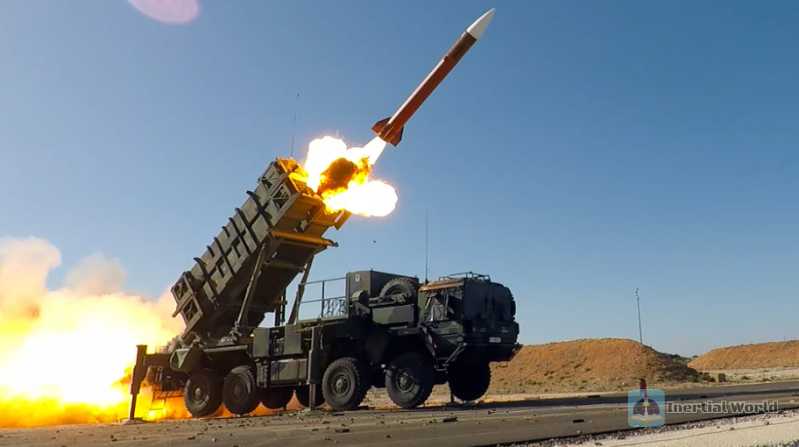
In ground offensive operations, the air defense missile system is a key force to protect the US Army’s key targets from enemy air strikes, and the system belongs to the Army, so it does not need to be coordinated across the military services like the Air Force fighter jets provide air defense capabilities. The tasks of the US Army’s "Patriot" air defense system in offensive operations include: providing air defense and missile defense for the Army’s mobile forces; protecting forward supply points, bridgeheads, supply vehicles, transportation lines and command and control nodes from air strikes; developing enemy air target information to support attack and air defense operations; identifying and reporting enemy ballistic missile launch points and predicting target points; obtaining and maintaining air situation information advantages; supporting joint combat theater air defense efforts; providing air defense firepower protection during offensive operations, etc.
The "Patriot" air defense missile battalion’s operational plan includes contingency measures to continue the attack, suppress possible enemy counterattacks, and protect troops and key assets from air strikes. Commanders use the ABM guidance to plan their defense, which includes defense in depth as an essential element. Defense in depth is a series of mutually supporting defensive positions designed to absorb and gradually weaken enemy attacks, prevent the enemy from observing friendly positions, and allow battlefield commanders to operate reserve forces. From an ABM perspective, defense in depth includes the use of Patriot air defense missile forces to provide multiple engagement opportunities throughout the flight path of an enemy aircraft or missile. The close-range air defense systems in the air defense forces, such as the Avenger, need to be deployed flexibly when necessary to protect the Patriot and related important targets from the enemy’s low-altitude assault forces.
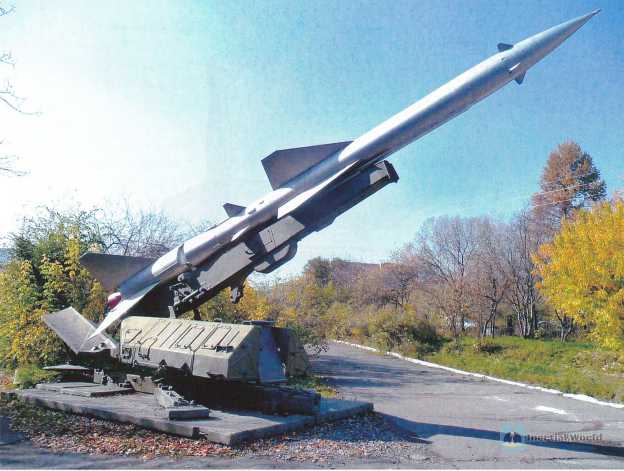
In offensive operations and offensive air defense operations, various air defense combat arms need to unite, because the opponent may try to use air mobility and fire support forces to regain the initiative in the battlefield airspace. Its air combat operations include supporting artillery and mobile Reconnaissance, etc., equipment such as drones are best suited for these types of operations, especially if the adversary has developed effective command and control and ISR equipment. The adversary may use helicopters as an auxiliary or dedicated attack force, or may use helicopters in conjunction with armored forces to try to stop the US offensive. The adversary may first use ground forces to suppress US air defenses, while helicopters can serve as the main air platform against US mobile forces.
Under the protection of the Patriot system, the adversary’s air superiority may be limited, but it cannot be completely ruled out that the adversary will successfully use air power The possibility of a conflict between the US military and its opponents may exist at the same time in the airspace above the front line, and even fly mixed in the airspace. At this time, the "Patriot" system needs to coordinate the use of airspace to prevent accidental attacks on its own aircraft and to prevent the opponent from using air strikes to the greatest extent.
The US Army Air Defense Force has a special airspace coordination process, which divides the air defense combat zone into zones and levels, including air defense action zones, air defense combat zones, air defense identification zones, high-density airspace control zones, armed engagement zones, and armed denial zones. The core concept of the partition is to separate the control area of the air defense missile from the flight area of the own aircraft. It turns out that each air defense weapon, including fighter jets, has a specific defense range, and the area controlled by the air defense missile system is often given a higher priority, that is, the flight routes of various aircraft must avoid air defense missiles, rather than the deployment of air defense missiles avoiding the routes of aircraft. Even near important targets, air defense missiles can strike any air target that is "not identified as friendly forces." For example, if the enemy’s aircraft does not turn on the transponder for misidentification, and is not identified as a friendly force on the Patriot radar, then the missile can be launched, resulting in a mistaken attack, and the responsibility at this time mainly lies with the aircraft rather than the Patriot system.
In "offensive air defense" operations, "active air defense" is an offensive action aimed at destroying, disrupting or suppressing enemy aircraft, missiles, launch platforms and their supporting structures and systems as close to their source as possible, so that friendly forces can better use disputed airspace and reduce the threat of opponent aircraft and missiles.
For the Patriot system, when performing active air defense, early detection of any air target (including aircraft and missiles) is required so that it can be prompted, acquired, tracked, classified, identified and destroyed as soon as possible after launch. The U.S. Army Air Defense Force controls active air defense operations by integrating air defense and anti-missile systems and forces into the communication system. Its attack operations require timely transmission of target data and accurate identification of threat operation locations and support systems. The Joint Air Defense Commander stipulates the designation of participation areas, allocation of action areas, and coordination of air defense attack operations. The coordination of attack operations includes detecting, acquiring, classifying and identifying all air targets of the opponent, and transmitting target information to the designated Patriot missile launcher for strike.
The Patriot air defense missile force can quickly transition from defense to offense. For this, the Patriot missile battalion must quickly maneuver to provide air defense for friendly offensive forces and their support bases. If the battle requires, the missile battalion commander can command the most advantageous launcher to launch missiles.
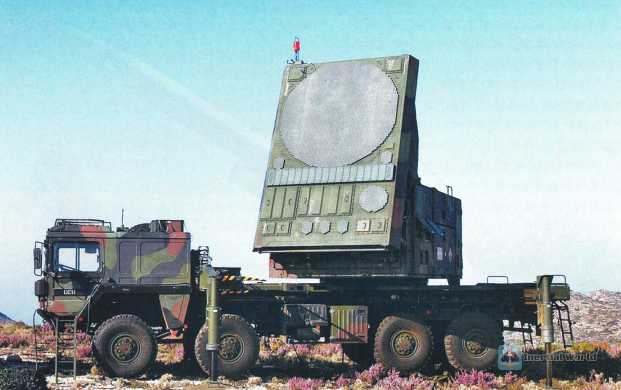
In combat, since the Patriot system cannot fire while moving and moves slower than other Army mobile forces, detailed planning must be done before the start of combat to ensure that the Patriot system continuously covers its own airspace. To this end, at least one Patriot missile company must be deployed near the line of engagement to ensure that the initial air defense coverage can be maintained for at least a few hours. When the Army mobile force crosses the line of engagement to launch an attack, the Patriot force must maneuver in a timely manner, and before the Army operation begins, the missile battalion commander should conduct reconnaissance and determine as many suitable deployment locations for the Patriot missile company as possible along the troops’ advance route. Each missile company should know in advance where they may be deployed and when they should operate.
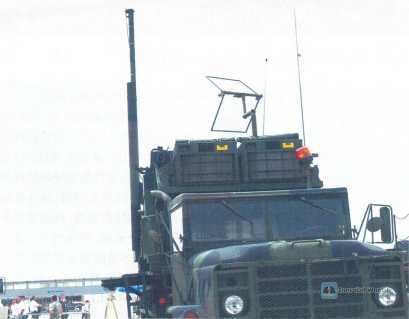
At the same time, other "Patriot" missile companies can use the "leapfrog" method to move forward to ensure that the missile coverage moves forward with the troops. Of course, such maneuvers are very difficult for the "Patriot" troops because the system’s mobility is relatively weak. Therefore, before combat, it is necessary to decide how many missile companies will provide protection and how many missile companies will advance with the mobile troops according to the possible threat level of the opponent
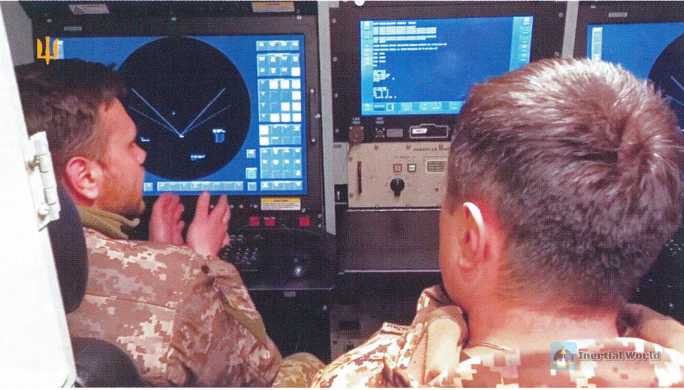
In general, "Patriot" has the ability to deploy in high-risk areas on the front line of the war, and Ukraine may indeed have used this ability. At the same time, considering the weak battlefield monitoring capabilities of the Russian army, the Ukrainian army’s "Patriot missile system may not need to bear too high a risk. In addition, on January 24, another incident that shocked the world occurred. A Russian Il-76 transport plane was shot down in the Belgorod region. When the plane was shot down, the Ukrainian air defense forces quickly issued a statement to "claim" the incident, but after the Russian army stated that there were 65 Ukrainian prisoners of war on the plane, the Ukrainian army quickly deleted the statement. Later, the Russian side stated that there was intelligence showing that the Ukrainian army used a "Patriot" missile to shoot down the Il-76, and the French intelligence department also confirmed the above news, but the Ukrainian side has not yet made a specific statement.
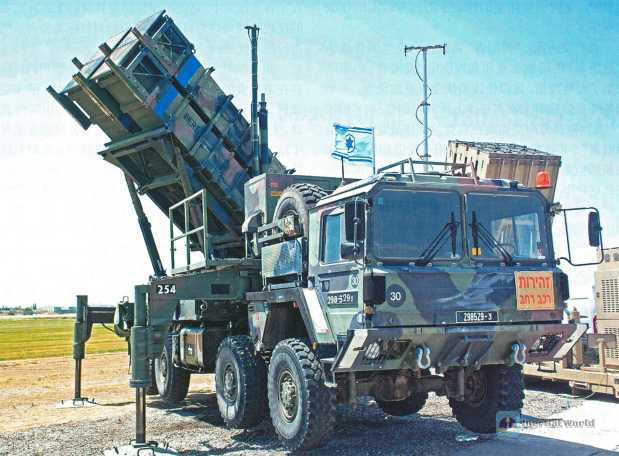
If the Russian and French intelligence is accurate and Ukraine did use Patriot missiles, then this shows that Ukraine also used Patriot to conduct mobile combat capabilities, because the Sea of Azov area where the A-50 was shot down and the Belgorod area where the Il-76 was shot down are far apart. Unless Ukraine has deployed two Patriot systems in the two places, they are also pulling the Patriot missile company to maneuver continuously.

The impact of Ukraine’s use of Patriot
The operation in Ukraine was the first large-scale use of the Patriot air defense missile system in actual combat since the 21st century, and it countered almost all types of air threats including advanced fighters, helicopters, large aircraft, ballistic missiles, cruise missiles, hypersonic missiles, etc. Although the Patriot system is still not 100% effective in intercepting these targets, it has undoubtedly demonstrated good combat performance and still has high combat efficiency in large-scale equal combat environments. In a broad sense, the Patriot system’s operations in Ukraine have collected a large amount of data for the Patriot’s development companies and other troops using the Patriot system, which is enough to make the system even better. As a foreign missile defense expert said in the media, the operations of the Patriot system and other Western air defense systems in Ukraine are an "intelligence treasure". The data collected can be used to improve and optimize the new air defense system in the future. These achievements have far exceeded the Patriot system’s operations in Ukraine.
In a broad sense, the Patriot system’s operations in Ukraine have collected a large amount of data for the Patriot’s development companies and other military forces using the Patriot system, which is enough to make the system even better. As a certain foreign missile defense expert said in the media, the operations of the Patriot and other Western air defense systems in Ukraine are an "intelligence treasure", and the data collected can be used to improve and optimize future new air defense systems. These achievements have far exceeded the Patriot’s operations in Ukraine itself.
The Ukrainian military previously stated that since the first shooting down of the "Dagger" hypersonic missile in May 2023, the Ukrainian army has used the "Patriot" system to shoot down 15 "Daggers". Although this number is not convincing, for other "Patriot" operators such as the United States, new data on how to deal with specific threats such as the "Dagger" is very useful information. Even if there are only "single-digit" results, it is also very useful data for improving air defense systems in the future. Carlberg, a senior researcher at the Transatlantic Defense and Security Project of the Jane’s European Policy Analysis Center and a professor at the West Point Military Academy, said on social media that every Russian hypersonic Kh-47M2 "Dagger" missile shot down by Ukraine with a "Patriot" missile will improve the "Patriot" The interception algorithm of the Patriot missile and improve the accuracy of all Patriot systems are beneficial to the United States, other NATO countries and other Patriot users.
These data are valuable to the United States and its NATO allies, providing them with a rare opportunity to test the system in real combat full of unknowns and learn more about how to engage with Russian weapons. Tom Karako, senior fellow and director of missile defense systems at the Center for Strategic and International Studies, said that the more important point is that we use intelligence wealth by observing or capturing Russian systems, especially the United States has done this without deploying any troops on the battlefield.
In the past, in the exercises or tests of air defense systems in various countries, the target type, engagement time, The direction of the attack is often known. For example, "This exercise will be conducted tomorrow afternoon, during which we will fight against three ballistic missiles, and the exercise area is on the east side of the target range." Similar briefings are basically present in various exercises, which allows soldiers operating air defense missiles to have sufficient reaction time to respond to targets, and can also temporarily optimize the system according to the target type.
However, unlike exercises, the use of air defense systems in actual combat has huge uncertainty in its goals. Taking the Russian-Ukrainian conflict as an example, the Russian army obviously will not notify the Ukrainian army in advance when it launches an air strike, nor will it tell which weapons to use, let alone the direction of the attack. Therefore, several key factors are unknown to the air defense system, which requires the air defense system to maintain a high level of combat readiness at all times to deal with all types of threats.
In this regard, the US Navy’s warships also achieved similar capabilities when facing the attacks of drones, cruise missiles and ballistic missiles armed by Hu Han in the Red Sea. They verified air defense equipment such as "Standard-2/6", "Advanced Sea Sparrow", and "Phalanx" in an unknown environment, and achieved the ability to intercept two completely different types of targets, cruise missiles and ballistic missiles, at the same time. Although the weapons launched by Hu Han are not advanced, and the degree of confrontation cannot be compared with the conflict between Russia and Ukraine, the difficulty of fighting under unknown factors is the same for the air defense system itself. It requires the air defense system to maintain high combat readiness for a long time, the air defense radar to remain powered on, and the air defense missiles to have enough ready-to-fire missiles ready to be launched at any time, etc.
Others
For the various air defense systems equipped by our country, most of them have only been used in various exercises and tests. The advanced air defense systems equipped in recent years have basically not participated in actual combat. Although they performed well in exercises, they have not been verified in actual combat environments under unknown conditions. This is also a direction that needs special attention in the future.




